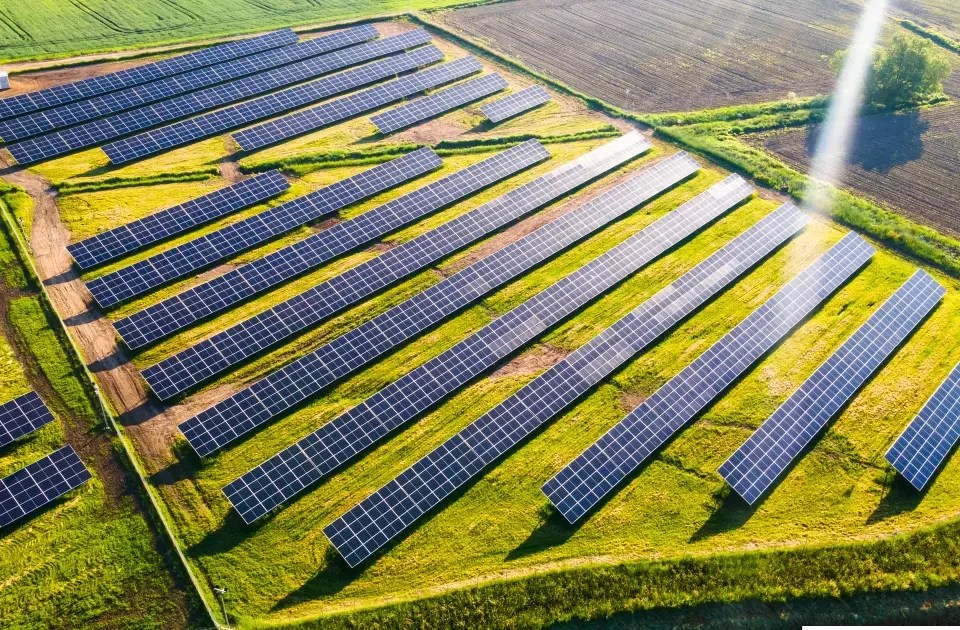How Technology Is Changing How We Treat Solar Power
Nowadays, solar power is booming. In many parts of the world, solar power is available cheaper than coal. Producing power directly from the Sun is the best and most affordable energy option worldwide. In fact, solar is now the least costly choice in some regions of the world.
India is on the way to make systematic changes to boost industrial and economic performance. India has agreed to phase out the production of fossil fuel and embrace renewable technology. This has helped to pave the way for a shift to renewable energies. The rising electricity requirements are entirely reliant on the renewable energy transformation plan in the world. This is targeted at fulfilling potential demands for resources while reducing CO2 pollution and the pressure on foreign currency reserves in the nation.
Future Solar Power
Space-Based Solar Technology
Solar development focused on space is an exciting prospect. Currently, India and its neighbours, China and Japan, are aggressively invested in these technologies. Advanced solar power absorbs electricity in advance from the sunlight and transfers it to the Earth wirelessly. Space solar technology will help us overcome pollution issues pertaining to electricity and greenhouse gases. Space solar power will provide us with vast amounts of energy, with very little effect on the climate.
Solar energy is billions times a better option than the alternatives we currently have. The Sun lasts about 4-5 billion years, rendering solar space with a long-term source for electricity. Since the planet utilizes only one-quarter of the Sun’s contribution of 2.3 billion, space solar power is by far the greatest possible future power supply. Solar electricity is used regularly on nearly any spacecraft. Combined with already proven wireless networking, this larger-system will meet almost all of the worlds’ electrical needs.
Perovskite Solar Cell Technology
The invention of Perovskite solar cells will revolutionize solar energy in the coming years. Perovskites, solar cells of the third generation, that are made of a calcium titanium oxide mineral of calcium titanium oxide (CaTiO3), have begun to make their debut outside the lab in the past year. With this latest technology, conventional solar panels will be left in the dust.
The newest technology will not support the old, because solar farms need sturdier frameworks than thinner cell technology. Despite the flexibility of Perovskite Solar Cells, the potential design of the Perovskite Solar Cell system is entirely implemented on the exterior, reducing solar cell specifications on special flat roofs.
Carbon-Free Fuels
Heliogen company has created the world’s first technology, which commercially substitutes pollution-free and extremely high-temperature heat from the Sun. The area of the mirrors in the Heliogen sector functions as a telescope to focus and absorb photons with its proprietary technologies.
Solar Roof Tiles
Solar roof tile provides an alternative to traditional solar panels. Solar tiles are part of the roof itself; you don’t have to install them on current roofs with racking systems. They can be a feasible choice in new buildings and large refurbishments since a single part can be combined to create a roof and solar arrays. Solar roof tiles are sometimes called solar shingles.
Solar Roadways
For example, in the Netherlands, solar roads have already been implemented – with panels covering the road’s surface. On the other side, floating solar provides a viable alternative to resolve land-use concerns relevant to large-scale solar deployments.
Floating Solar Farms
Floating solar farms may produce tremendous quantities of energy without the usage of land or buildings. Floating photovoltaic panels are less costly to mount, than land-based solar panels. Studies have also found that, because of the cooling impact of water, the power output of floating solar panels is higher up to 10%.
Floating solar farms may also help regulate water, in addition to delivering renewable solar energy. It decreases water loss through evaporation, as it prevents the air passage and blocks sunlight from the water surface. Floating solar farms often slow down toxic algae production and reduce water treatment costs. The water also keeps solar panels clean and minimizes waste electricity.
Moving Forward
Since the last five years, solar power development increased more in emerging markets. A few countries still dominate the development of solar equipment. To become a world leader in solar power, India cannot focus on large-scale solar installation by importing solar power equipment only. The whole supply chain environment has to be built quickly to become successful and to generate sustainable success.
The emphasis on the last miles of access in rural places, where transmission network is being built through small solar arrays and solar grids, may be useful to ensure electricity for all, in countries like India, with the usage of the home-generated system with small power inverters or batteries. It frequently aims to reduce transmitting network time and prices. Rooftop solar installations with flexible funding options also support a quicker use of renewable energy sources.
Only ground-mounted or rooftop panels were used to produce solar energy earlier. Thanks to all of the above technology improvements, solar is going to become lighter, versatile and wherever feasible.



